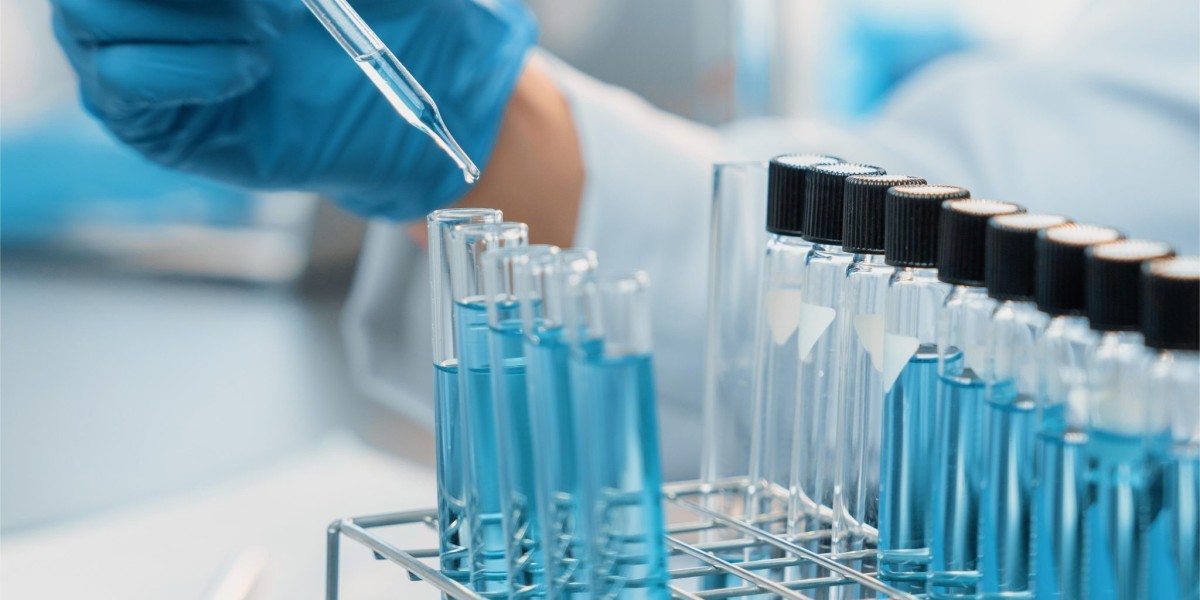The analysis and characterization of lipids are critical steps in achieving effective chemical practices in several industries, including the chemical industry. Lipids can function as bio-active compounds in pharmaceuticals, ingredients in cosmetic products, and additives in biofuel production. Their diverse group of fats, oils, sterols, waxes, and other related compounds, provide a key resource for the chemical industry.
The chemical industry applies lipid analysis and characterization in creating specialty chemicals and polymers. Lipids can serve as raw materials in polymer chemistry. For instance, lipid-based monomers can be polymerized to produce high-value plastics, resins, coatings, and adhesives. The yield and properties of these polymers heavily rely on the lipids' structure and composition, making lipid analysis and characterization indispensable. Detailed knowledge of the lipid's structure lends itself to the optimization of production processes and, ultimately, the development of novel high-performance materials.
Specifically, in pharmaceuticals and cosmetics, lipid analysis is integral to understanding and optimizing the behavior of active ingredients. Lipids often form the key components of formulations due to their properties such as stability, bioavailability, and compatibility with other materials. By analyzing these lipids, formulators can enhance the formulation's characteristics, improving product stability, shelf life, and bio-efficacy.
In addition, the food industry also benefits immensely from lipid analysis. Chemical industries producing food additives or flavoring agents need to understand the lipids' chemical composition in their products. This analysis helps optimize manufacturing processes and ensure the products meet specific quality standards. Moreover, it could help improve the nutritional status of food, understand the overall product's impact, and provide valuable data for labeling requirements.
The surfactant sector, another critical segment of the chemical industry, also relies heavily on lipid analysis. Lipids form a crucial part of many detergents, emulsifiers, and dispersants. Understanding their characteristics can help optimize product performance and stability.
Lipid analysis can also contribute to improving environmental sustainability in the chemical industry. The industry can analyze and characterize waste lipids to transform them into valuable chemical products, reducing waste and contributing to a circular economy.
Analytical techniques used in the chemical industry for lipid analysis and characterization include gas chromatography, liquid chromatography, mass spectrometry, and nuclear magnetic resonance spectroscopy. Such methods offer critical insights into lipid components' structure, composition, and behavior, driving innovations and advancements in various chemical processes.
In conclusion, lipid analysis and characterization are crucial tools for the chemical industry. Whether in producing biofuels, specialty chemicals, pharmaceuticals, cosmetics, food additives, or surfactants, lipids hold key roles. Hence, their analysis can optimize processes, develop better materials, improve product quality, and contribute to sustainability efforts.








